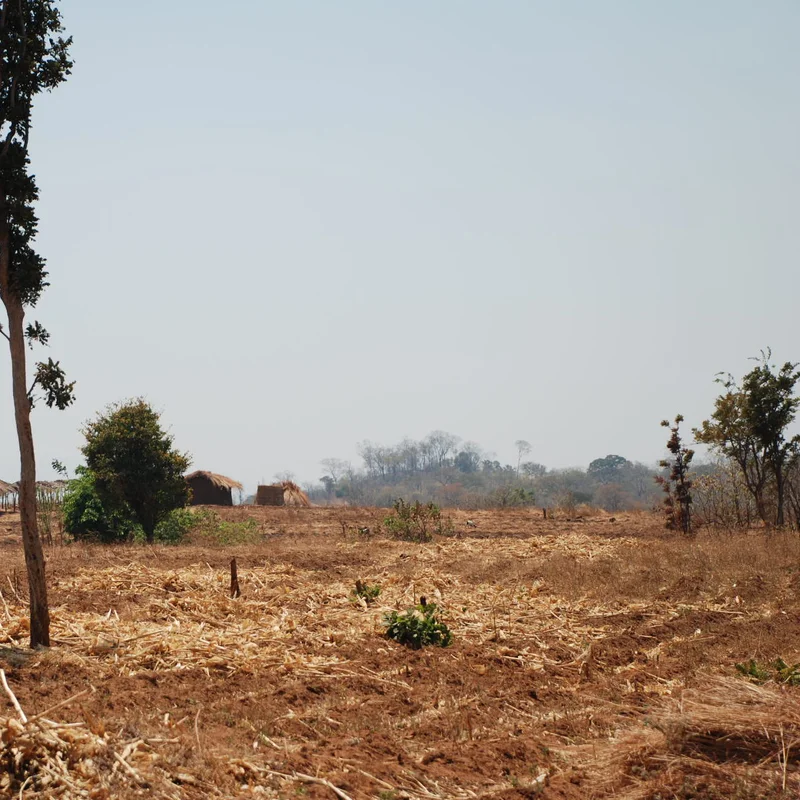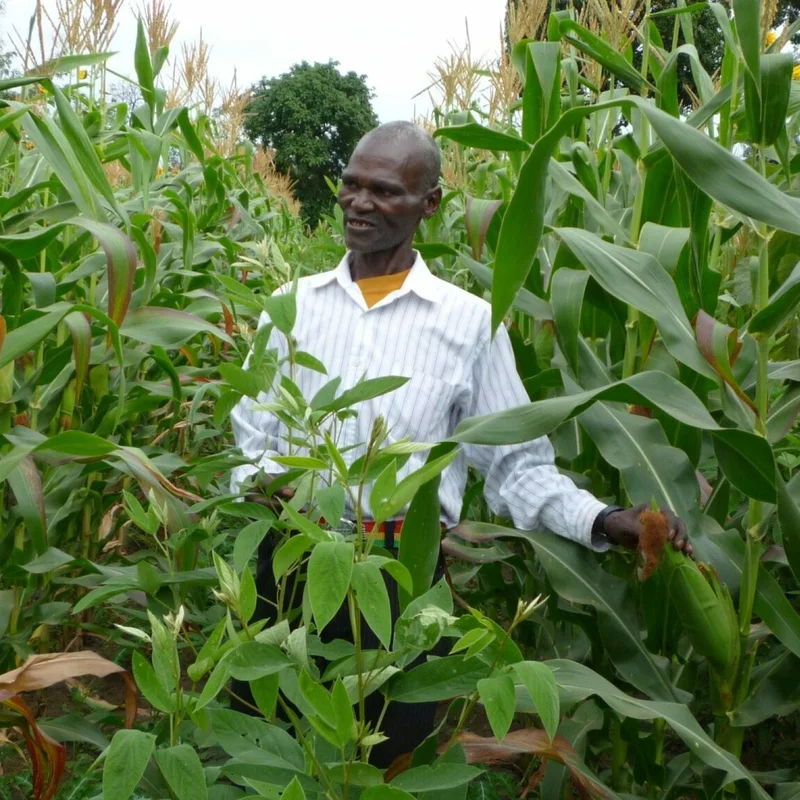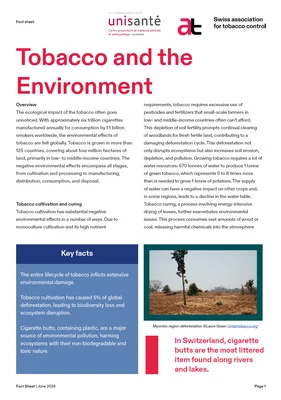Tobacco and the Environment
- The entire lifecycle of tobacco inflicts extensive environmental damage.
- Tobacco cultivation has caused 5% of global deforestation, leading to biodiversity loss and ecosystem disruption.
- Cigarette butts, containing plastic, are a major source of environmental pollution, harming ecosystems with their non-biodegradable and toxic nature.
Overview
The ecological impact of the tobacco often goes unnoticed. With approximately six trillion cigarettes manufactured annually for consumption by 1.1 billion smokers worldwide, the environmental effects of tobacco are felt globally. Tobacco is grown in more than 125 countries, covering about four million hectares of land, primarily in low- to middle-income countries. The negative environmental effects encompass all stages, from cultivation and manufacturing, the distribution, to consumption, and disposal.

Tobacco cultivation and curing
Tobacco cultivation has substantial negative environmental effects in a number of ways. Due to monoculture cultivation and its high nutrient requirements, tobacco requires excessive use of pesticides and fertilizers that small-scale farmers in low- and middle-income countries often can’t afford. This depletion of soil fertility prompts continual clearing of woodlands for fresh fertile land, contributing to a damaging deforestation cycle. This deforestation not only disrupts ecosystems but also increases soil erosion, depletion, and pollution. Growing tobacco requires a lot of water resources: 670 tonnes of water to produce 1 tonne of green tobacco, which represents 5 to 8 times more than is needed to grow 1 tonne of potatoes. The supply of water can have a negative impact on other crops and, in some regions, leads to a decline in the water table. Tobacco curing, a process involving energy-intensive drying of leaves, further exacerbates environmental issues. This process consumes vast amounts of wood or coal, releasing harmful chemicals into the atmosphere and causing air pollution. Curing accounts for half of the CO2 emissions emitted during the entire life cycle of a cigarette. Shockingly, curing alone accounts for a significant portion of global deforestation, with essentially a single tree being used to cure tobacco for several packs of cigarettes. The deforestation caused by tobacco cultivation and curing has far-reaching consequences, including decreased agricultural productivity, reduced food security, and perpetuated poverty.

Tobacco, food security and the Sustainable Development Goals
Shifting from tobacco to alternative crops like beans, corn, potatoes, tomatoes, and wheat is a feasible solution in many tobacco-producing countries. These alternative crops often yield more and bring higher profits for farmers. Implementing policies to minimize tobacco's impact on food security and promoting access to nutritious food and healthcare services is crucial. The entire tobacco supply chain has dire implications for people in tobacco-growing nations, the environment and human rights. The cultivation, production, and use of tobacco products have direct and indirect harmful impacts on the environment, human health and all 17 United Nations Sustainable Development Goals.
Plastic pollution
Tobacco and plastic pollution have emerged as significant environmental issues, causing habitat destruction and harm to wildlife. Considering the six trillion cigarettes distributed annually, there has been a surge in littered cigarette butts worldwide. These plastic filters end up in oceans and other water bodies, harming marine life and ecosystems. The toxic chemicals leaching from discarded butts further worsen this harm. In addition, packaging and electronic devices also contributes to pollution. Tobacco waste clean-up incurs massive costs, and the tobacco industry has opposed preventive policies. Actions such as stop2drop in Switzerland, or the Stop Tobacco Pollution Alliance (STPA), advocating for a cigarette filter ban are key to holding the tobacco industry responsible for the environmental damage they cause. Even in Switzerland, cigarette butts are the most littered item found along rivers and lakes, confirmed in studies by the Federal Office for the Environment.
In order to mitigate the negative environmental consequences of tobacco consumption and the industries surrounding it, it is important to work on reducing demand for these products. Cessation of tobacco consumption has both health and environmental benefits.
Downloads

Plastics & tobacco
The vast majority of cigarette waste ends up in nature, where it breaks down into microplastics, releases toxic substances, or is ingested by wildlife. Discover our series of articles on the topic of ‘Plastics & tobacco’.

